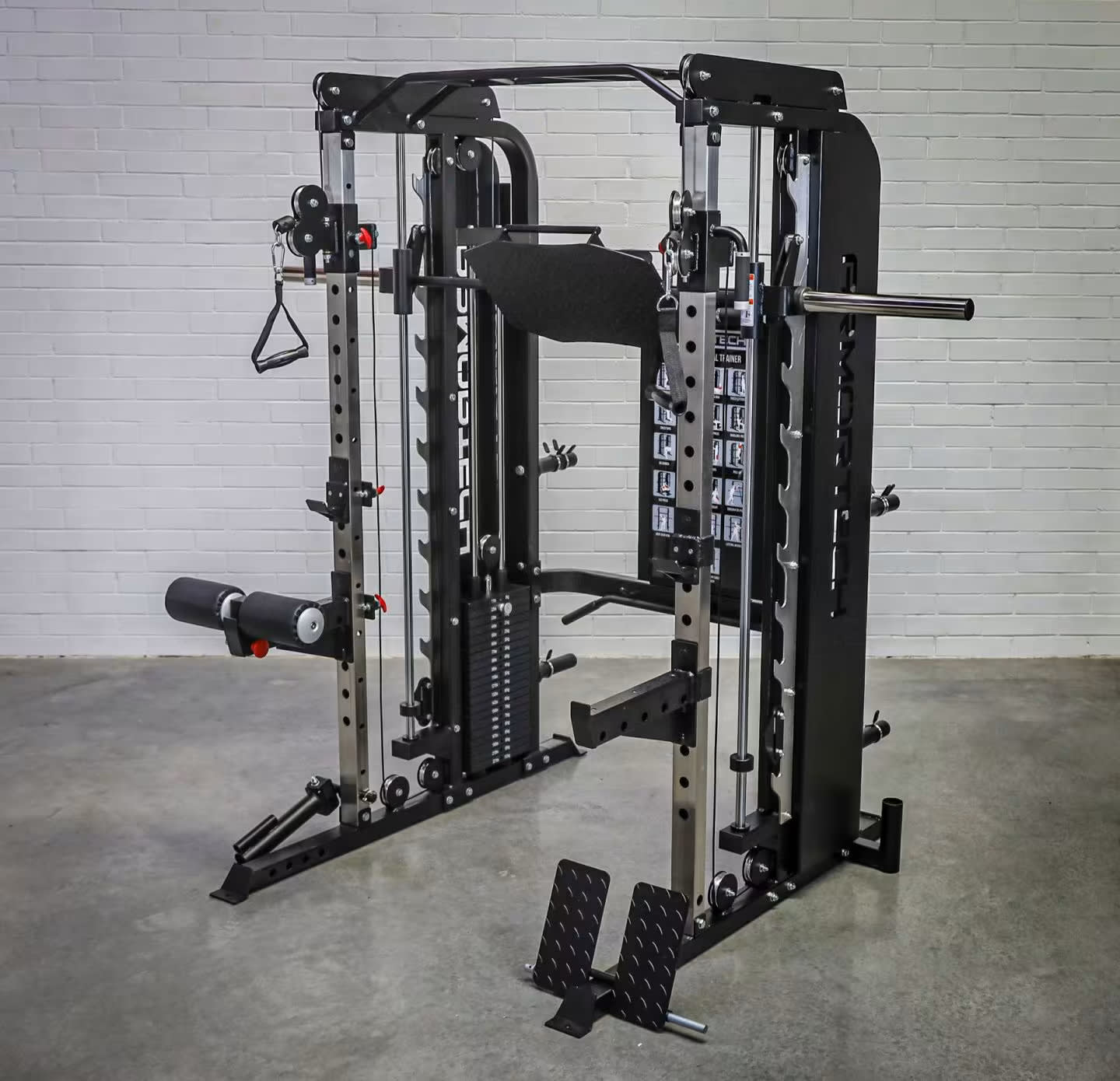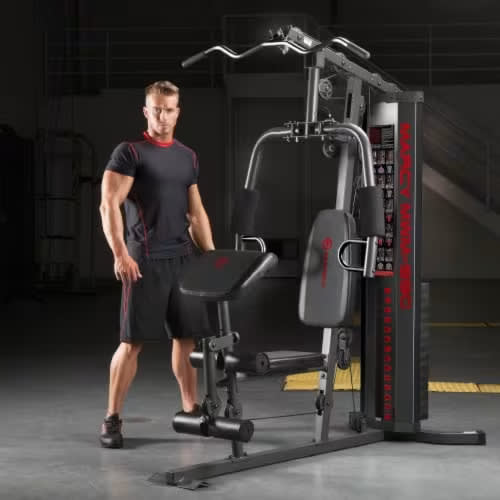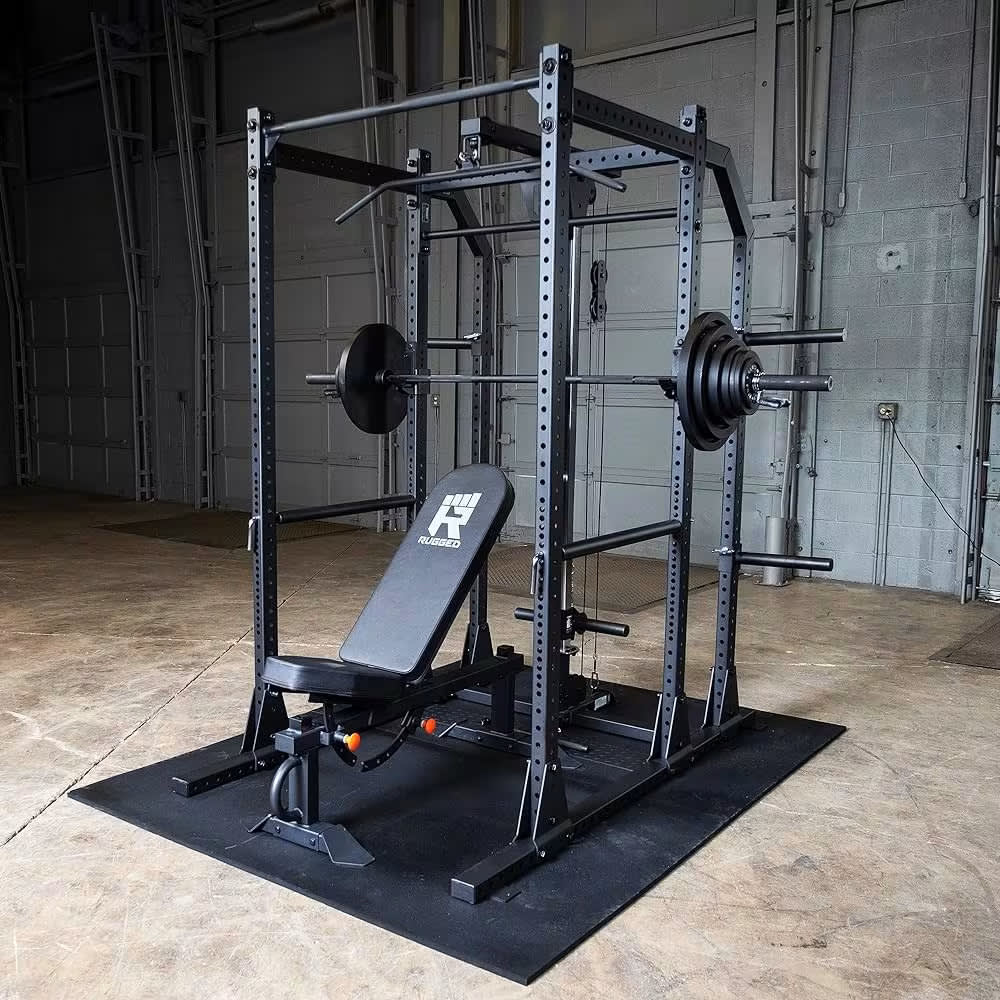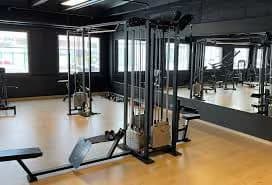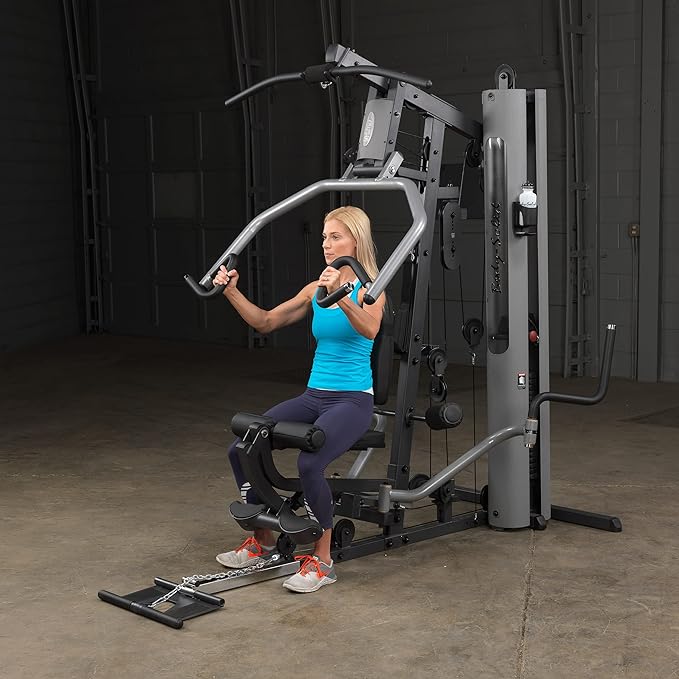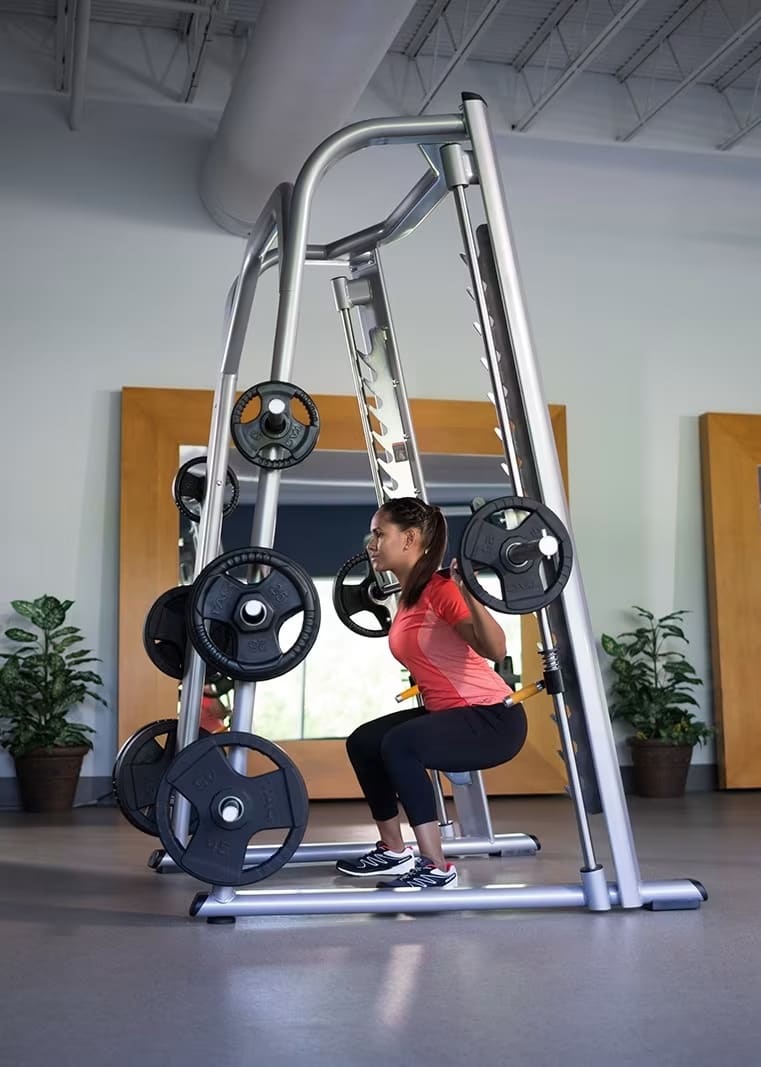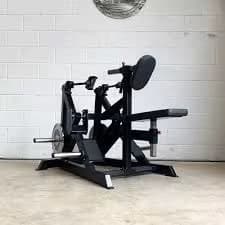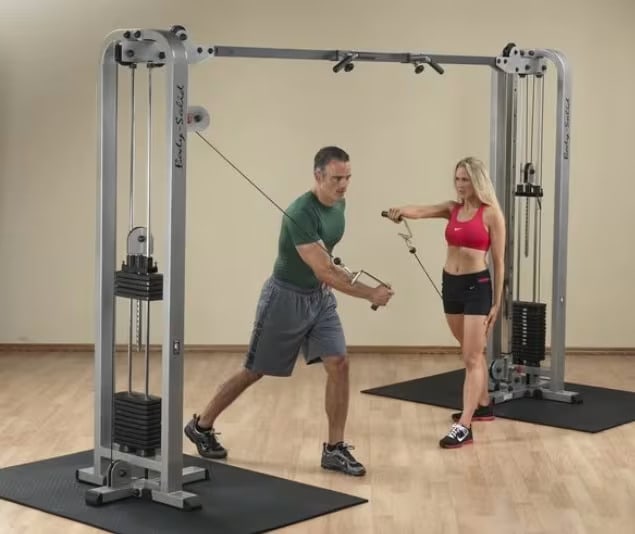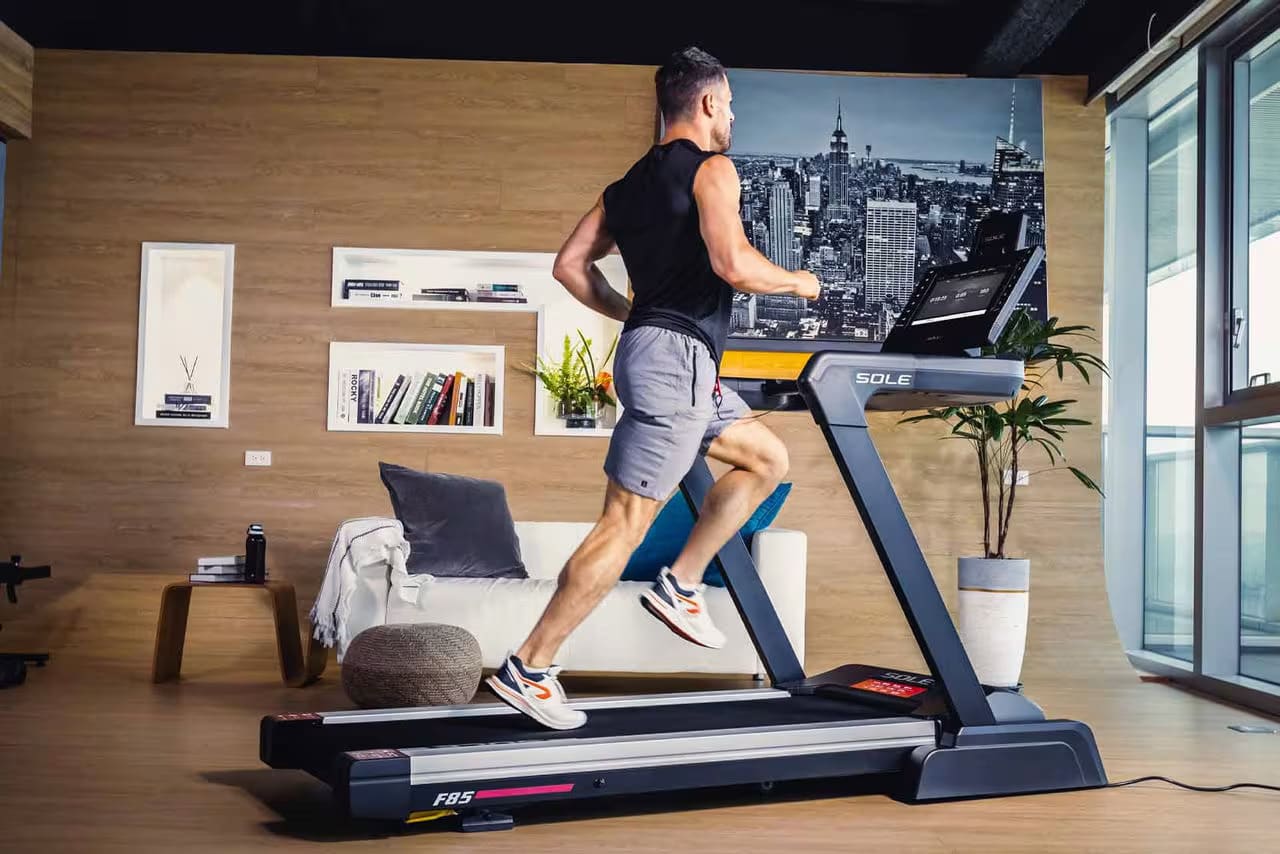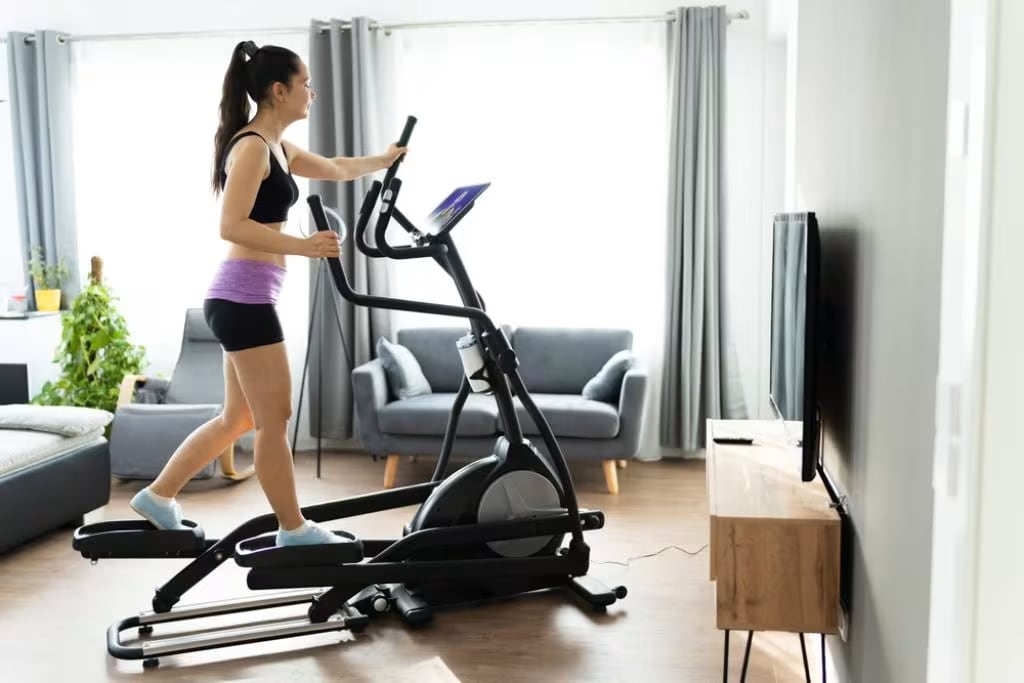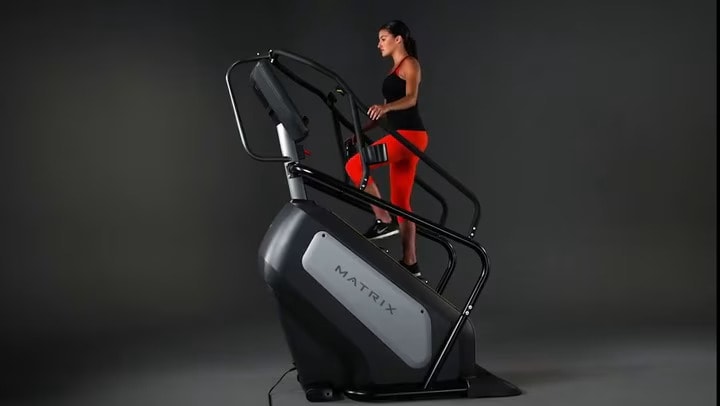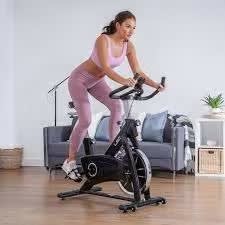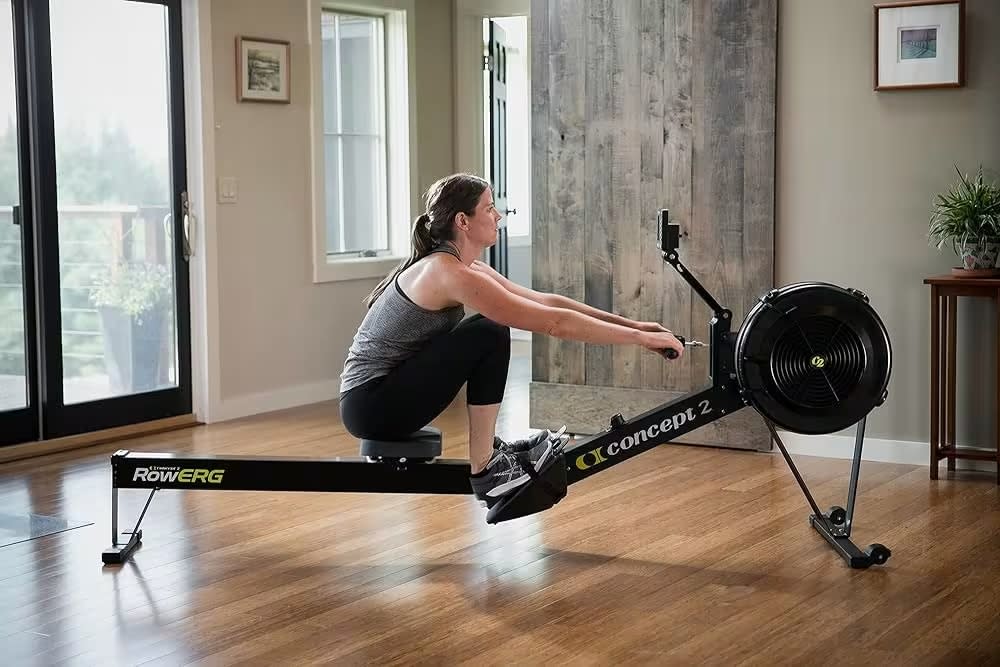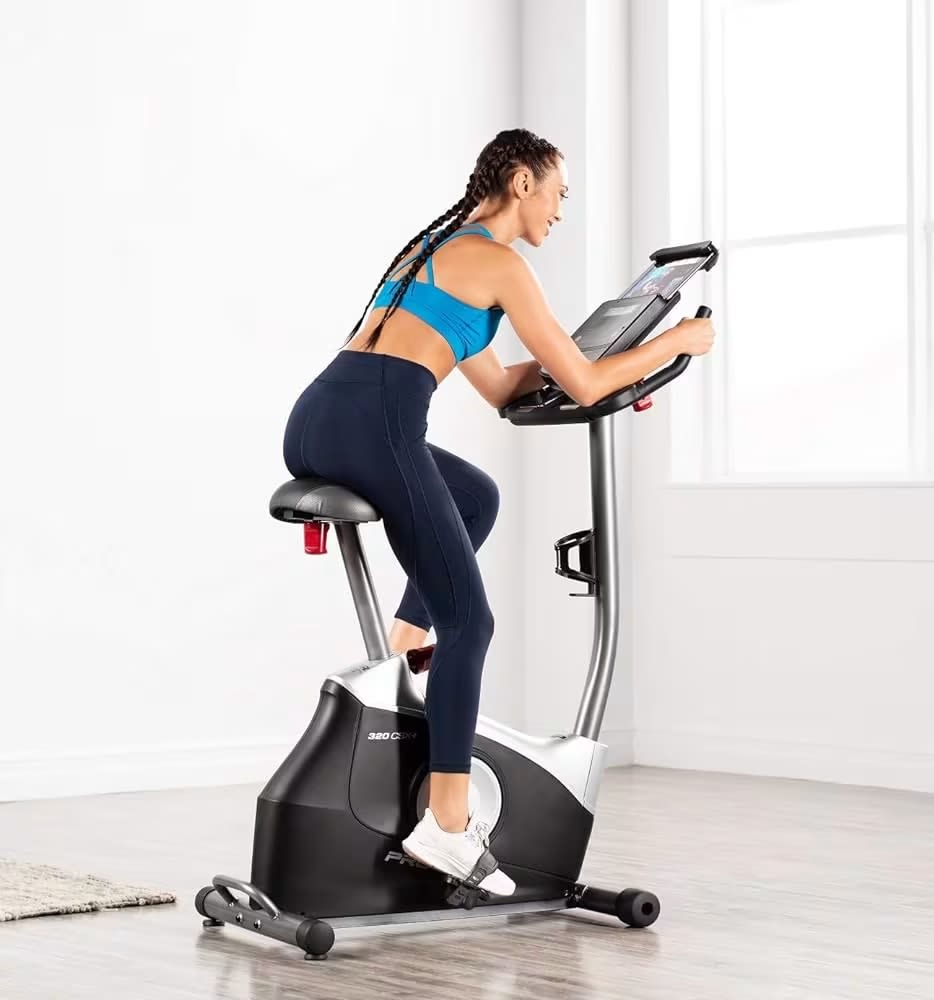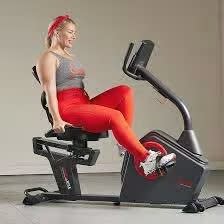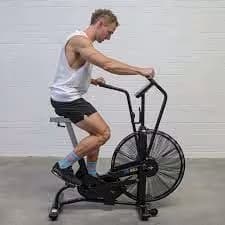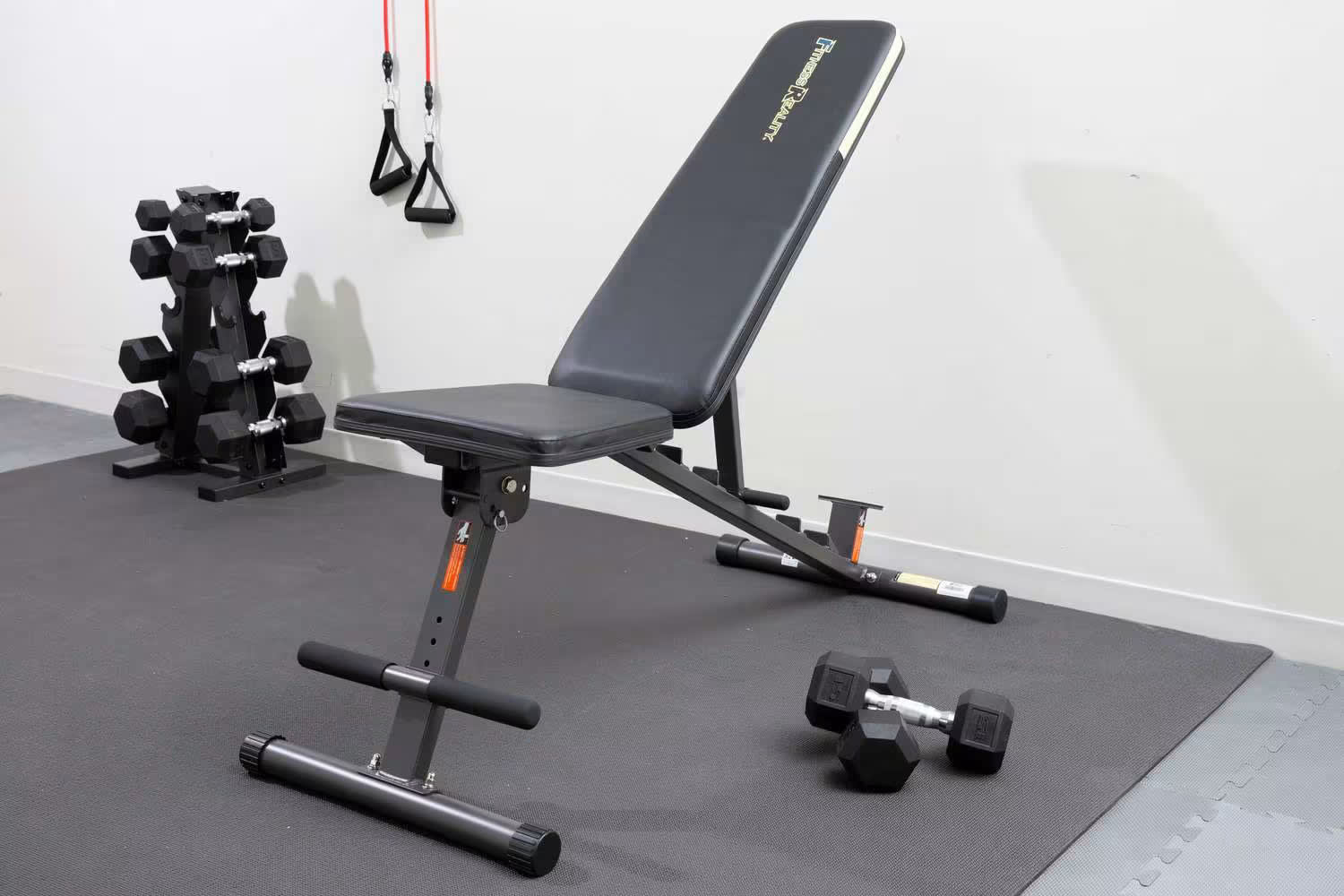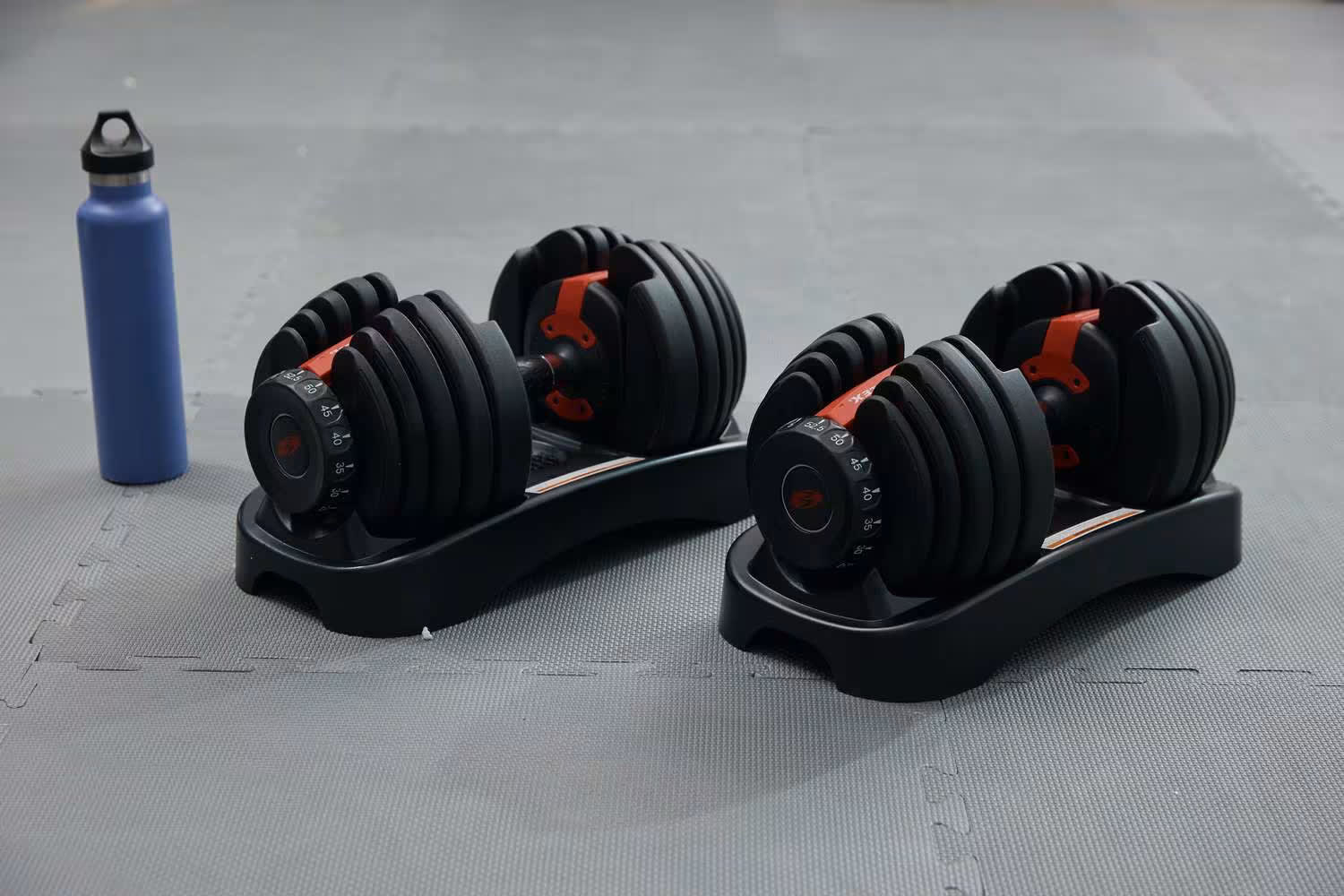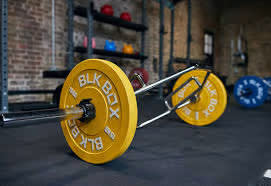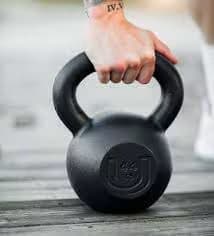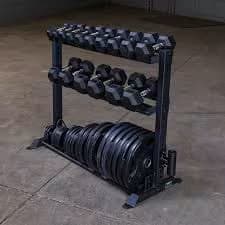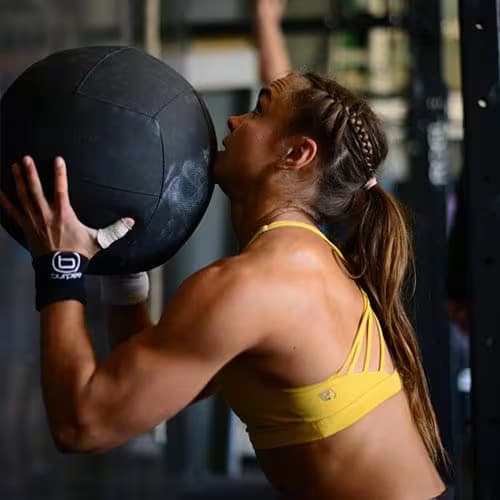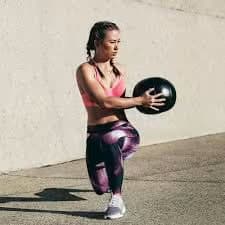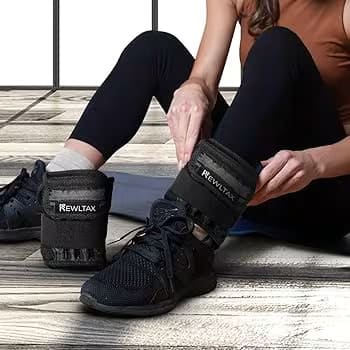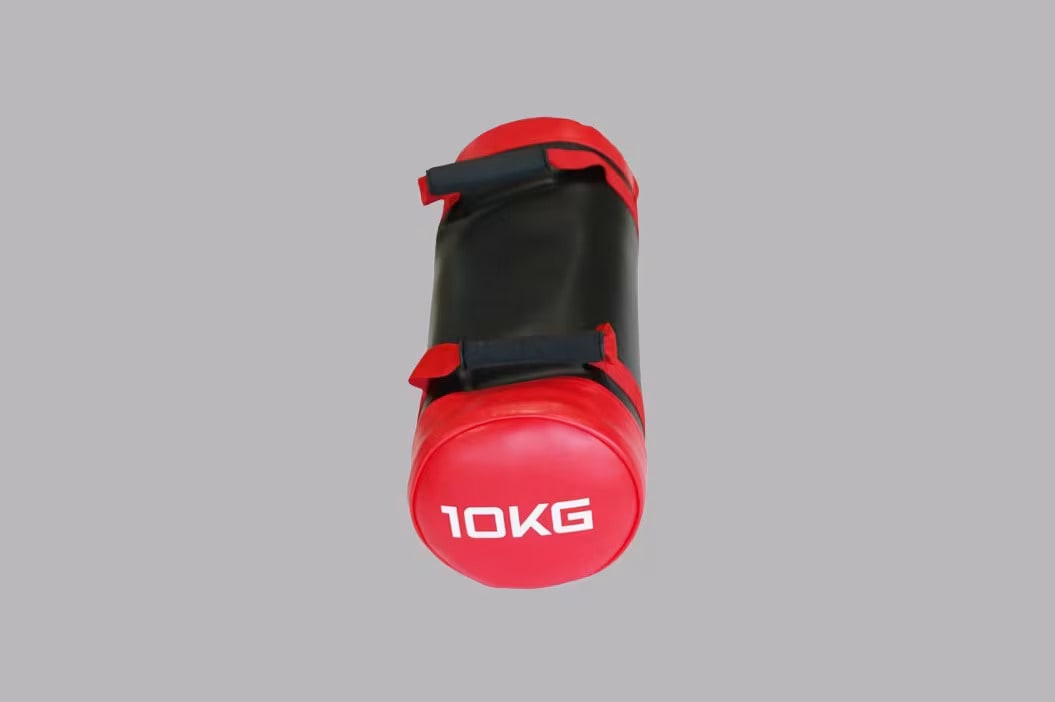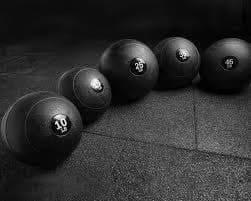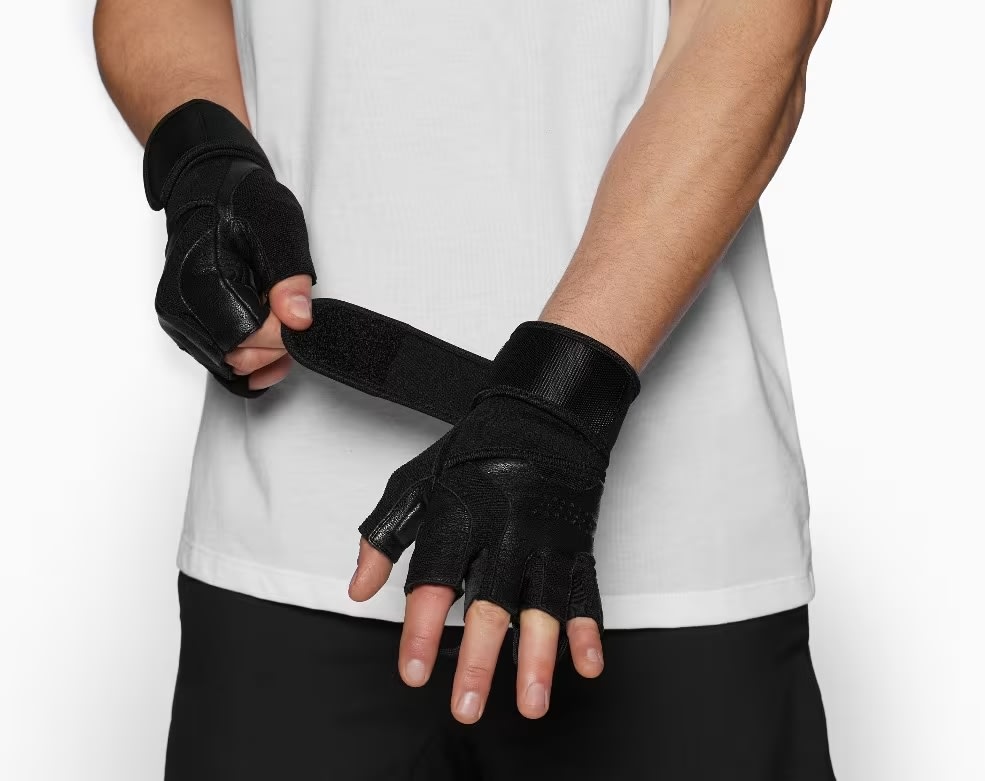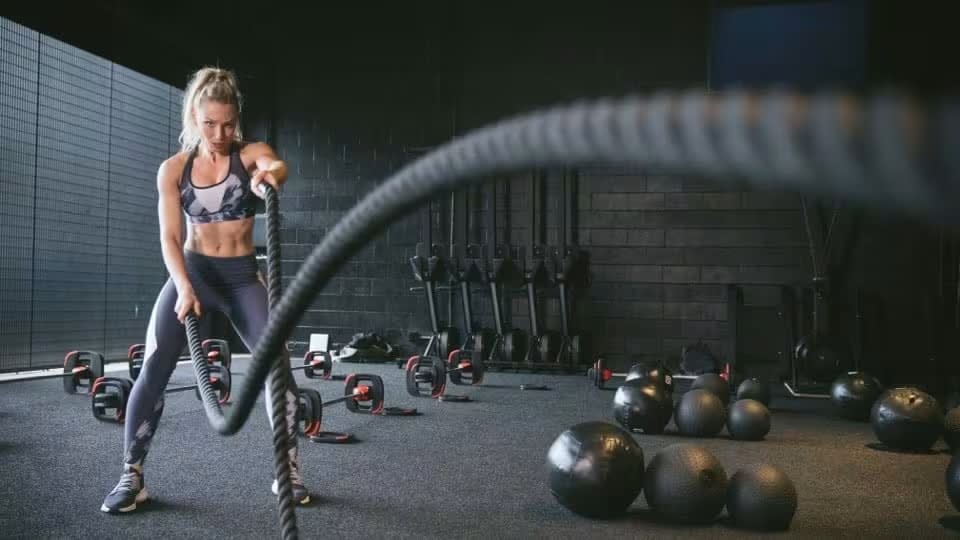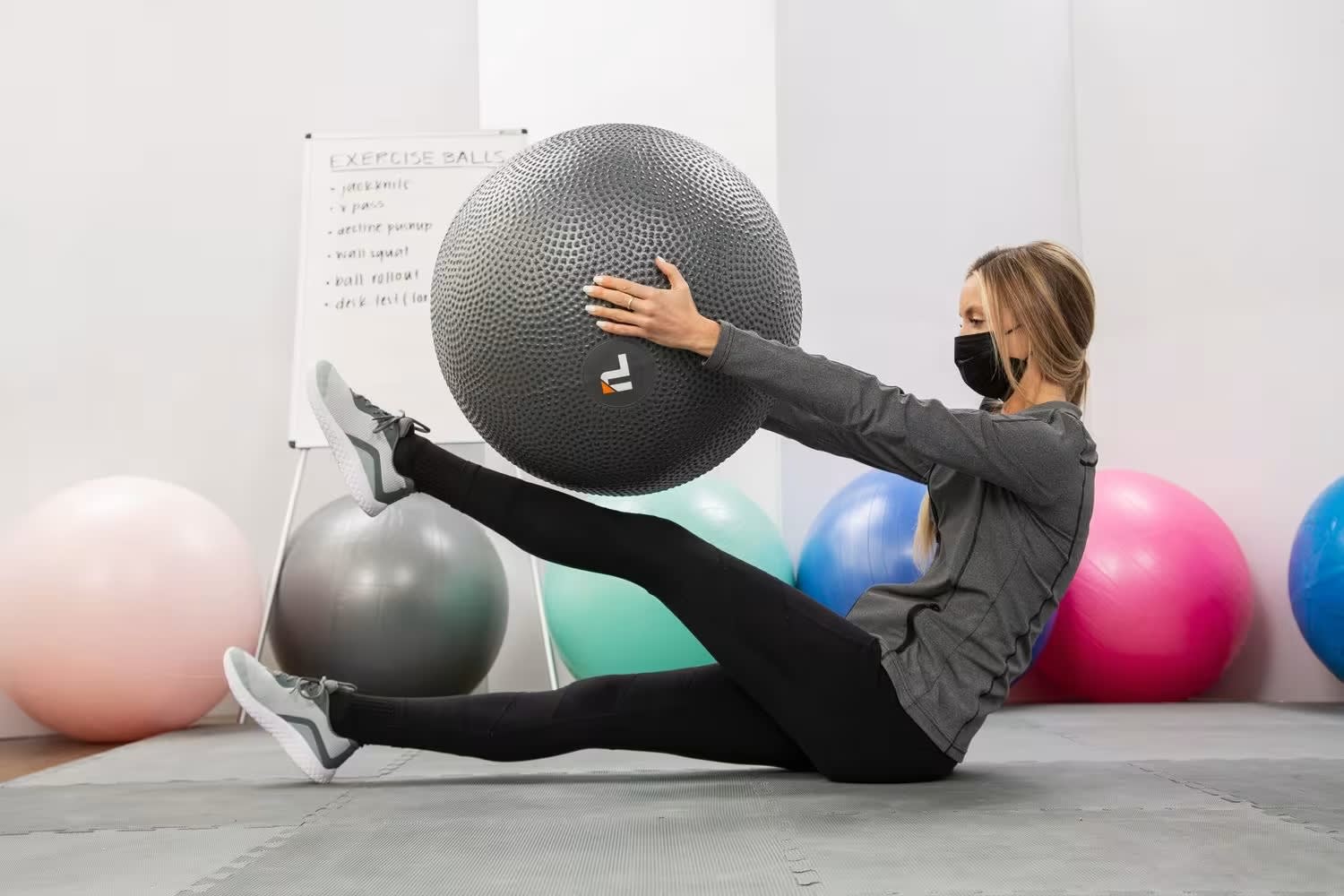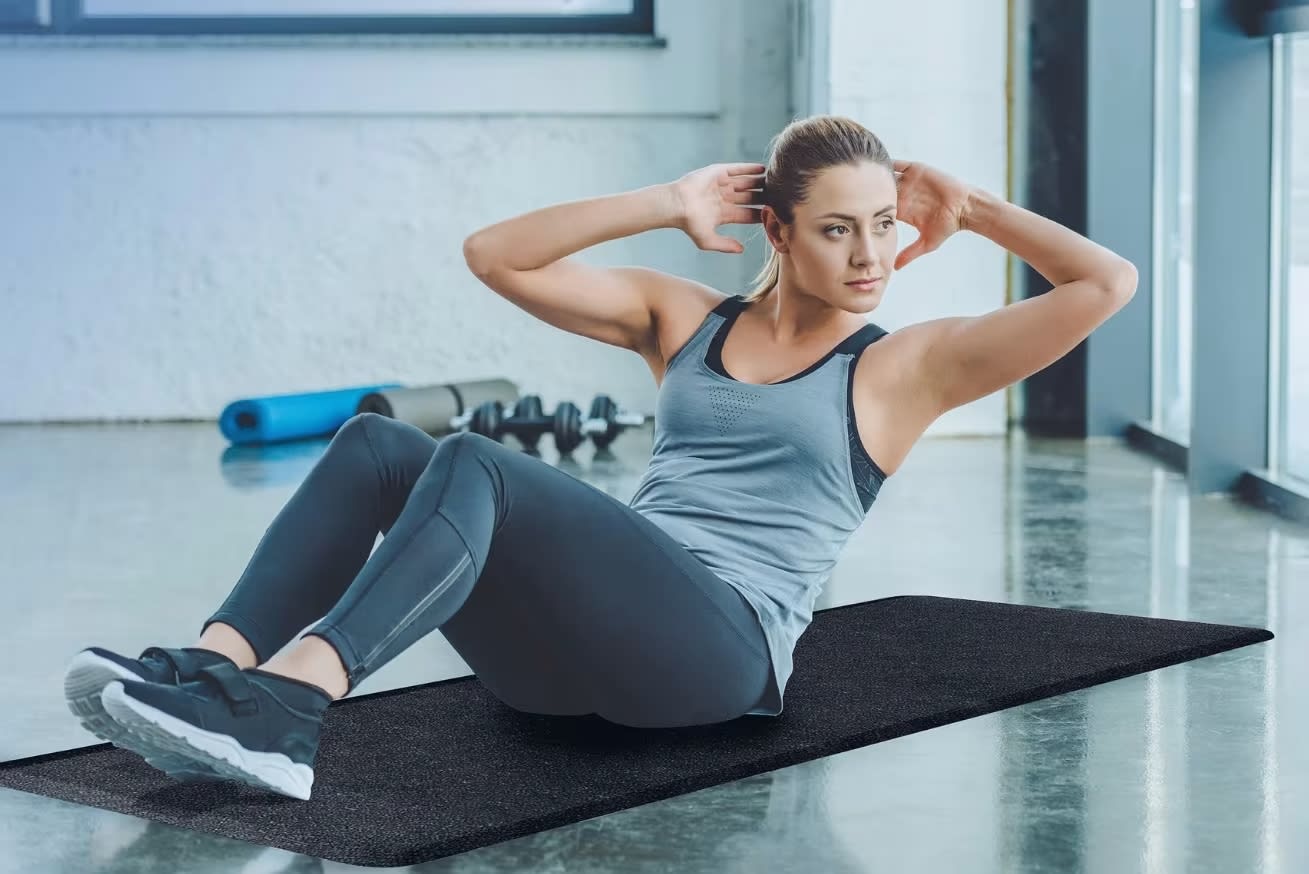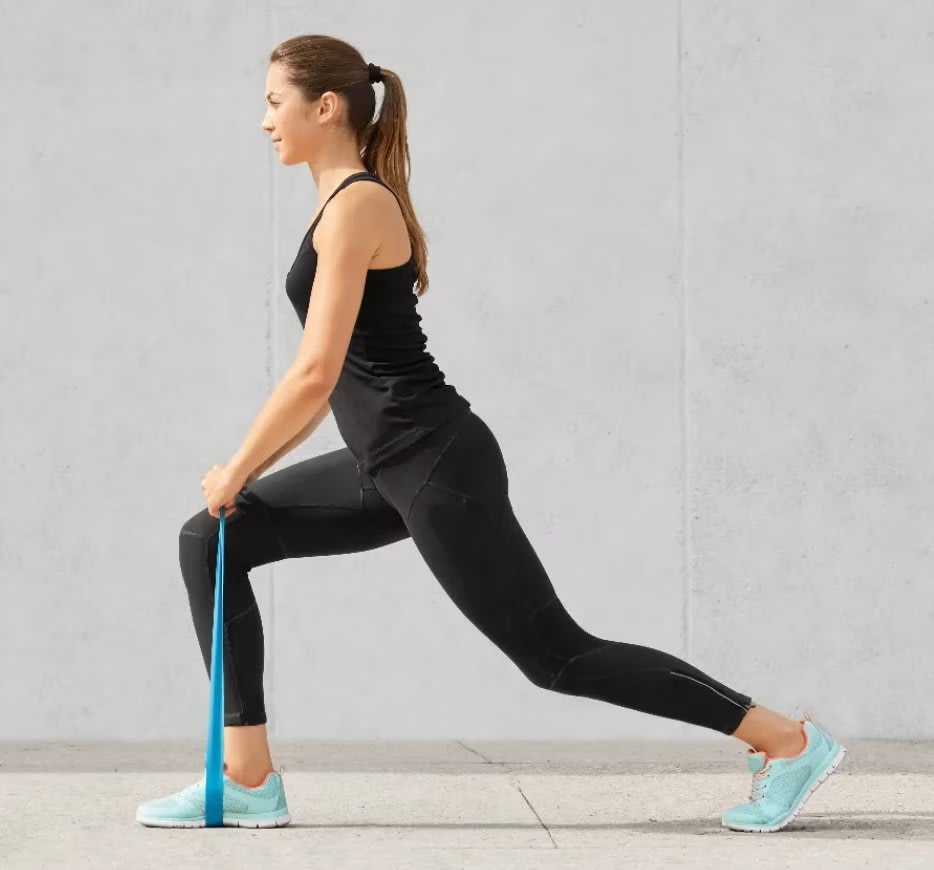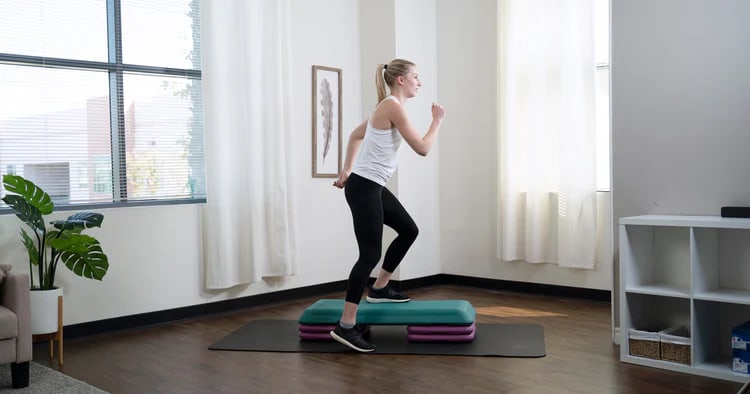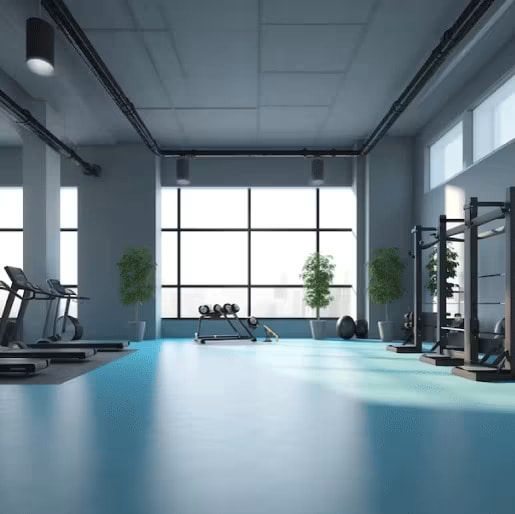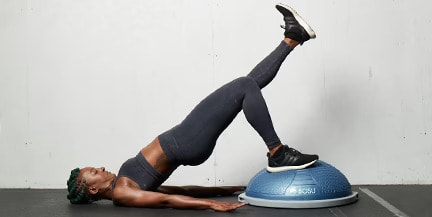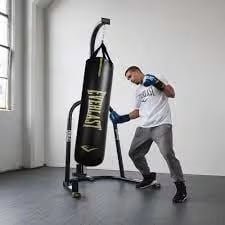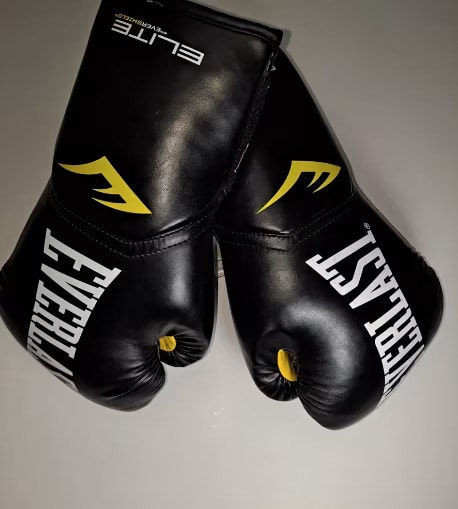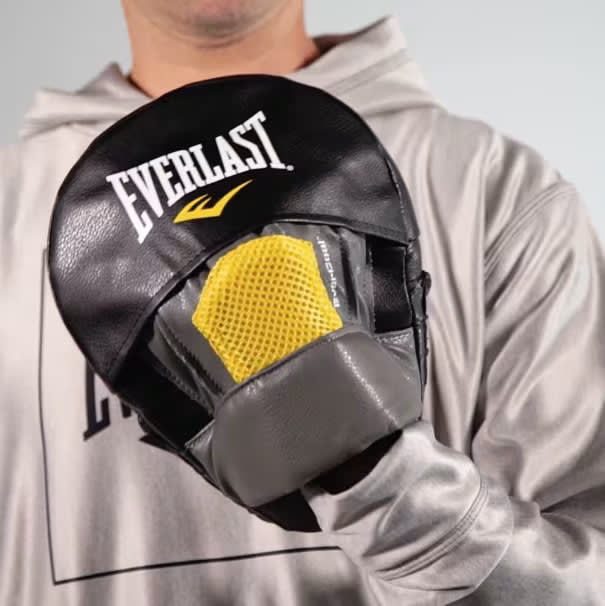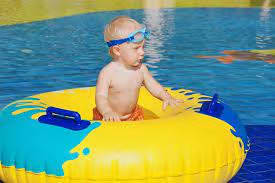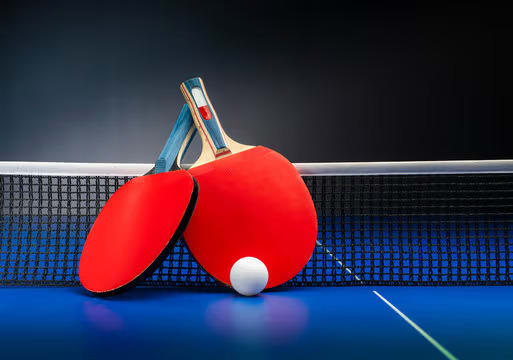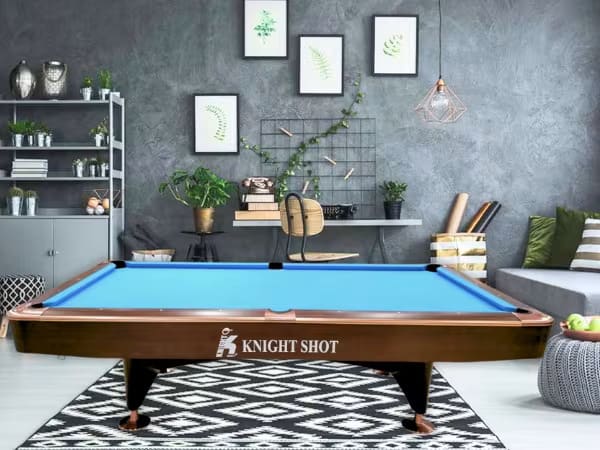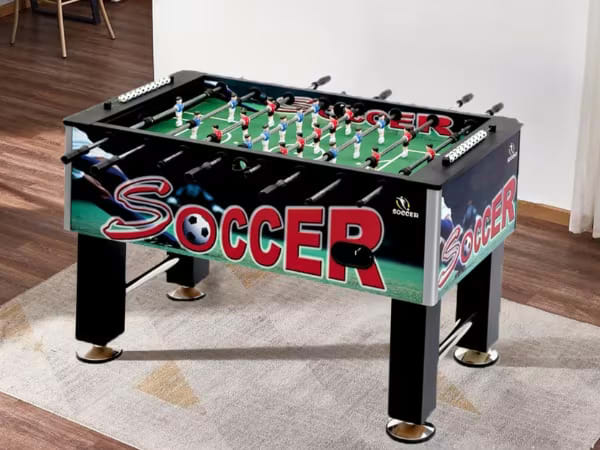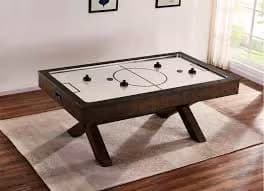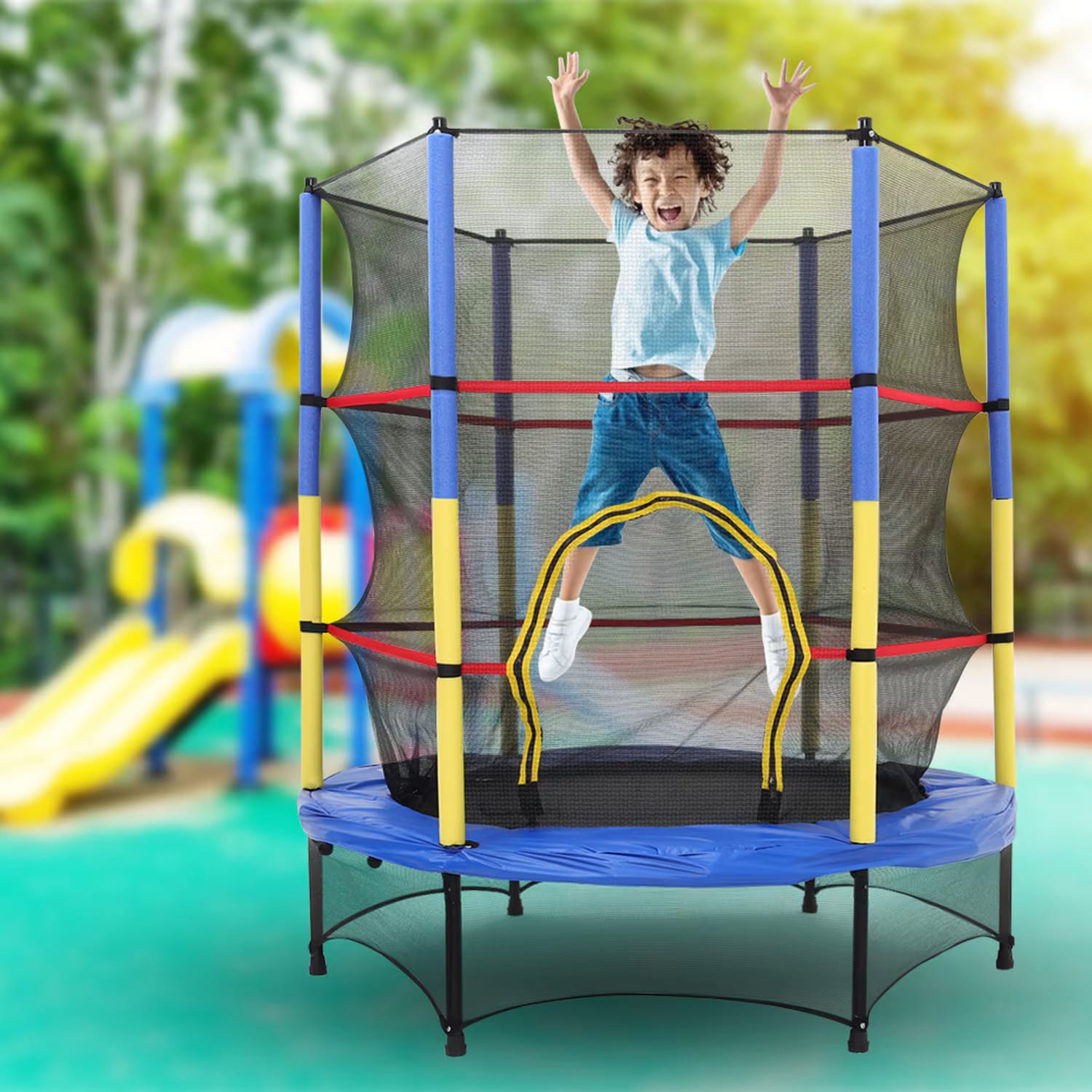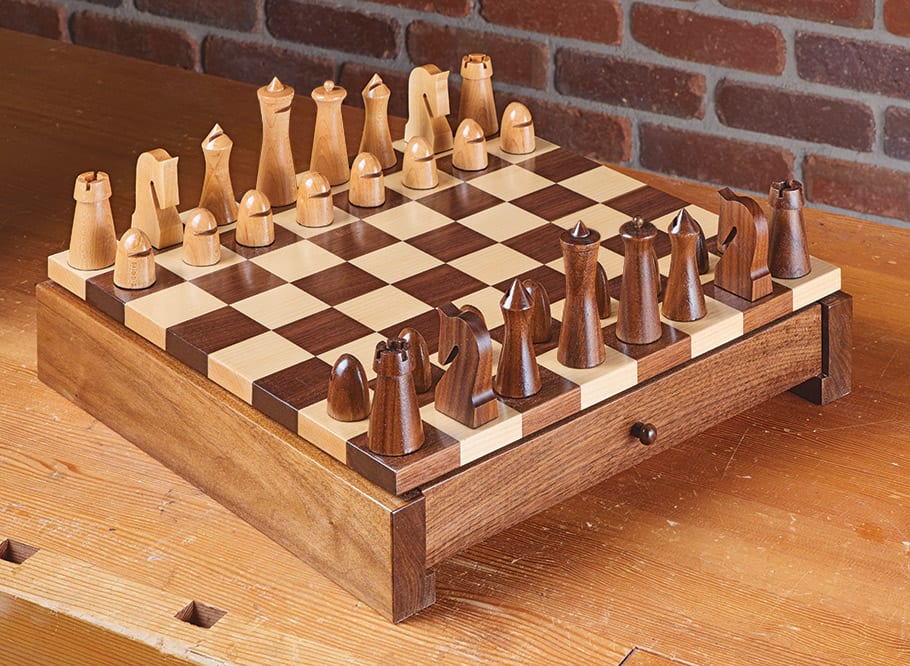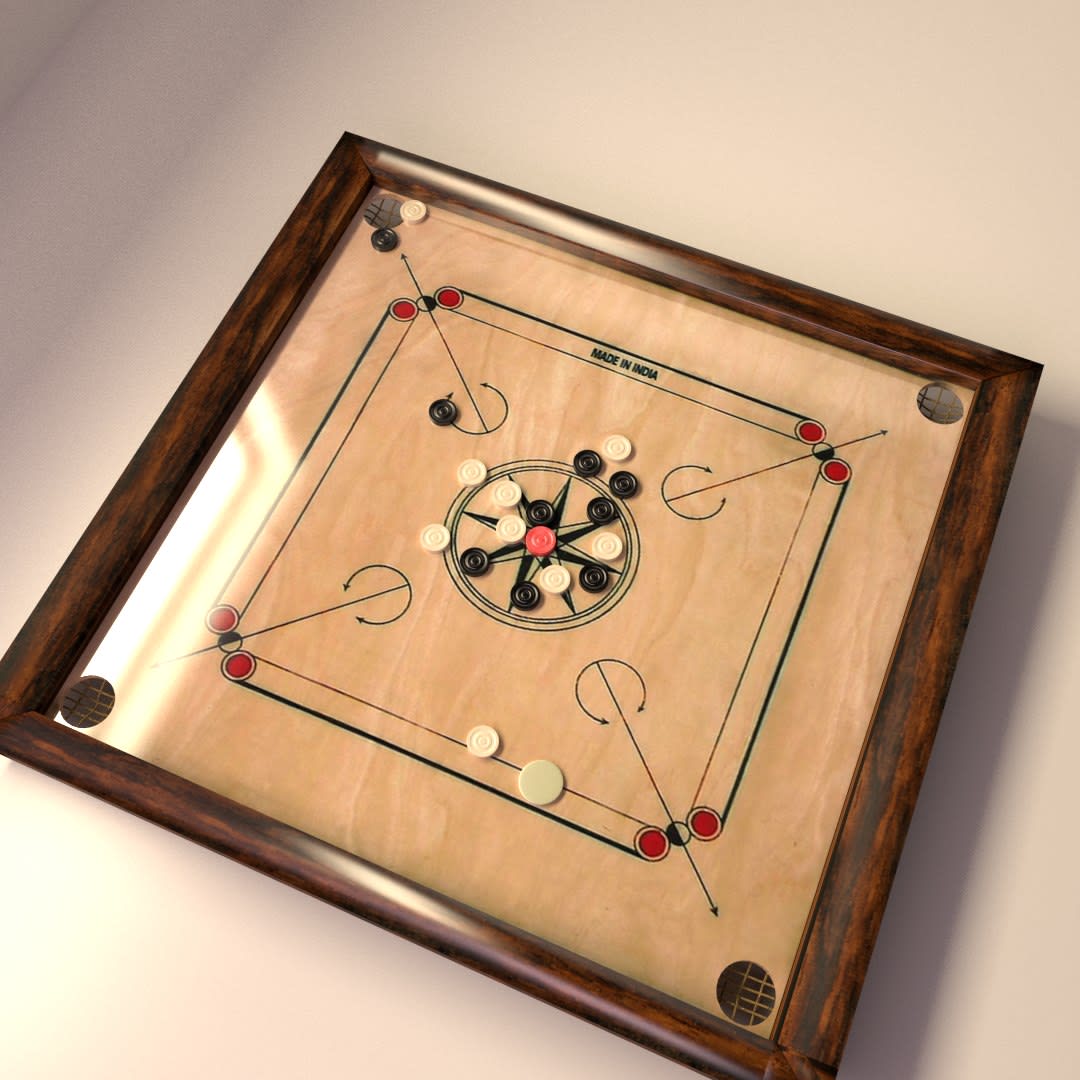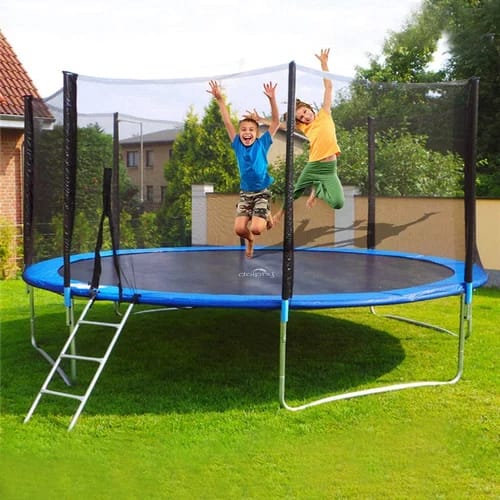FAQ
- What are the difference between selecterised machines, plate loading machines and free weights?
Generally Resistance training can be broken down into three types of training:
1. Selectorised machines. These have an encapsulated weight stack running on linear bearings. The user operates a lever or cable through a prescribed motion to exercise particular muscles. The machines are generally simple and relatively safe to use, the resistance being adjusted by the positioning of a pin in the weight stack. Like ourselves, the mainstream manufacturers such as Technogym, Life fitness and Precor tend to supply these machines.
2. Plate Loading Machines. Similar to the selectorised machines but plate loaded. The user places plate weights, (usually Olympic) plates on the machine spigots to adjust the resistance/workload. Example, Smith machine, (most Hammer Strength machines fall into this category).
3. Free Weights. User either loads plates onto a bar, (barbell) or users a hand held weight, (Dumbbell or Kettlebell). A few other types of resistance training do exist, (mainly for the domestic market). These include Pneumatic, Electrical resistance and elastic resistance. These mechanisms tend to be cheap, unpopular and should be avoided.
- What are Kettlebells?
From Wikipedia, the free encyclopedia: “The kettlebell or girya (Russian: ãèðÿ) is a traditional Russian cast-iron weight looking somewhat like a cannonball with a handle”…..”Kettlebell workouts are intended to increase strength, endurance, agility and balance, challenging both the muscular and cardiovascular system with dynamic, total-body movements”
- What machines do I need for my gym?
Machine selection depends on a variety of variables. These include available space, training experience, gym capacity requirements and budget. We will be happy to discuss your requirements and quote a package.
- What is the difference between domestic and commercial grade gym equipment?
Commercial grade machines will cater for the majority of individuals likely to use the equipment. The machines will be durable and offer a good service life under sustained frequent usage. Commercial machines will have heavy duty box section (75mm x 50mm x 3mm or greater), durable seat coverings, steel cables and cast steel weights. Generally each commercial machine will only perform one exercise, (there are exceptions). Some insurance companies do stipulate minimum frame size on resistance machines. Typically a single commercial selectorised gym station will weigh in the region of 250Kg. Domestic machines will be made from lightweight materials. Frequently ‘Multigyms’ are sold which perform a variety of exercises for the user.
- What is the difference between powdercoat and wet coat painting?
In the Powdercoat process a powder is sprayed onto the metal frame, (also using electrostatic attraction). The frame is heated in an oven and the paint baked onto the metal. Wet painting usually involves several layer of ‘wet’ paint in a cellulose solution being sprayed onto the surface. The paint is allowed to dry between coatings. Generally powder coating will offer a more durable/robust finish.
- What are supplements, protein powders, creatine etc?
Supplements are a range of products the trainer may use to add to their diet to increase likely muscle growth/development. Some of the products, i.e. protein powders) supply amino acids which are the main building blocks for muscle. Mass gainers provide a mixture of proteins and carbohydrates for energy. Energy drinks are best taken before/during training. They provide energy for the workout. Creatine is a substance found naturally in the body (in muscle). It allows an individual to train harder and recover quickly. We stock some of the Nutrisport range of supplements as they offer a sensible range of products at realistic prices. Taking supplements alone will not lead to the gain of lean muscle mass.
- What different types of dumbbells are available?
Adjustable dumbbells may be plate loaded or ‘automatic’. The user can select the load required for an exercise. These are suitable for home use but the constant adjustment of dumbbell weight can be time consuming and annoying. Commercial gyms tend to use Racks of dumbbells. These consist of set of dumbbells preset to a given weight. These vary in shape, (Hexagonal or Round) construction, (plates or solid) and composition, (Rubber, Chrome or cast). Selection is usually based on preference and price. Obviously Hex dumbbells do not roll which can be useful in certain environments, (i.e. Cruise ships).
- What are the different types of weight plates?
Weight plate selection is usually based on user preference and price. Commercial options include Tri Grip, (easier to handle) Rubber Coated and plain cast Metal. All of these are extremely durable. Calibrated plates are used for competition. Their weight is very accurate, (to within 5gms) and they tend to be very expensive due to this. Weights stocked by trackonstore.com display their mass in both Kg and Lb. Some domestic options are available which are sand or water filled. These tend to be bulky and very disappointing.
- What is the difference between Olympic and standard weights?
This refers to the centre hole diameter. 2” for Olympic, 1” for standard plates. Obviously one needs the correct bars for the correct plates. Occasionally other sizes can be found, these tend to be domestic options only.
